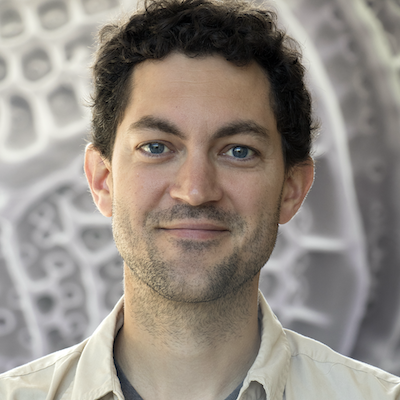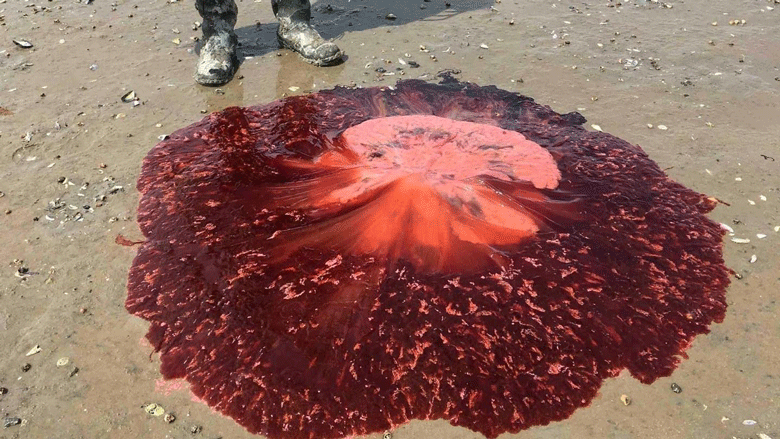Dinosaurs never knew the coast of Maine. As rugged and timeless as it appears, our coast is a relatively new feature, formed and revealed as ice sheets melted away, roughly around the time the seeds of human civilization were sprouting roots around the world.
No one could have foreseen back then, as the gravelly shoreline saw those first rays of sun, that it would one day be a hotspot for fried clams, lobster rolls, and the world’s largest chocolate moose.
Even over the span of my short life, the coast has changed in noticeable ways.
The once distinctive layer of blue mussels has almost disappeared, and there are large aggregations of plastic debris that didn’t exist when I was a kid. Even the coastline itself has moved in a few places, like around Popham Beach.
What questions would you like to see answered? How far into the future would you like to look?
It makes me wonder, in ten, 20, or 50 years, what sort of coast will our kids be looking at?
Predicting the future is a big business. The head of NOAA once told me that weather forecasting is a $300 billion industry globally. It’s easy to go online and find daily forecasts of everything ranging from COVID outbreaks to elections to the NBA finals.
For my own part, I’m interested to know if we can make forecasts about the future of the coast of Maine.
A couple of years ago, a few of us started the Tandy Center for Ocean Forecasting at Bigelow Lab in East Boothbay. We’ve been working on developing new ocean forecasts, with projects ranging from microbes to whales. For example, our shellfish toxicity forecast is in its third year running.
This forecast was put together with the help of the Maine Department of Marine Resources and shellfish growers, and it gives a weekly prediction of the probability of closures due to toxic algae at sites all along the coast. DMR hosts the forecast here: mainedmr.shinyapps.io/bph_phyto/.
We’re not the only ones doing this kind of forecasting. There’s a blue whale forecast on the West Coast and a sturgeon forecast in Chesapeake Bay. Some scientists are working on a sargassum forecast, for the gigantic mats of floating seaweed that wash up and decompose along shorelines. Others are trying to predict the way species will change as the ocean climate warms.
Forecasts are sometimes easy to take for granted. Nature is wild, and there are plenty of things we still can’t explain well.

About ten years ago, large aggregations of jellyfish started surprising people along the coast of Maine, and there was no data to help answer the question of why they were suddenly there. At the time, I started collecting people’s jellyfish sightings, mostly through email, hoping to forecast them.
Over the years I’ve received thousands of jellyfish emails, and the list of mysteries only grows longer. For example, a couple of years ago, giant lion’s mane jellyfish started washing up—specimens that were four to six feet in diameter.
I’m still collecting these reports, so if you see a jellyfish, send along an email to jellyfish@bigelow.org—maybe with enough reports we can eventually figure out what’s going on.
There is one lesson about forecasting that the jellyfish reports have taught me—it’s a lot more fun when it’s a community effort.
For the past few years, a growing group of people in Maine have been working with a new kind of data: environmental DNA. It’s like a kind of ocean forensics. People are tracking salmon, sharks, scallops, toxic algae, you name it, by collecting DNA from coastal waters.
Now, as the data starts to build up, people are going one step further and asking whether we might be able to make forecasts. Here’s where it would be amazing to get some community input. As we make more discoveries about where these organisms are headed, what would you like to know about the future of Maine’s coast? What questions would you like to see answered? How far into the future would you like to look?
If you have two cents to add on this topic, we set up a page where you can tell us what you think. The link is at the end of this article–we’d love to hear from you.
Link for input: https://forms.gle/WNzYA1bpjtFqSJCF7
Nick Record is a senior research scientist and director of the Tandy Center for Ocean Forecasting, part of Bigelow Laboratory in East Boothbay. He holds a PhD in oceanography.





